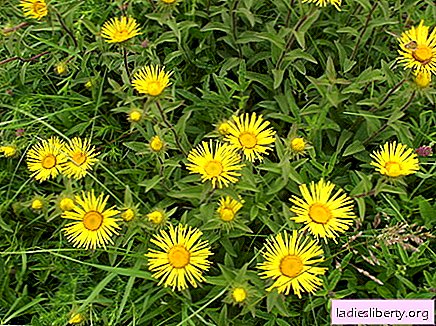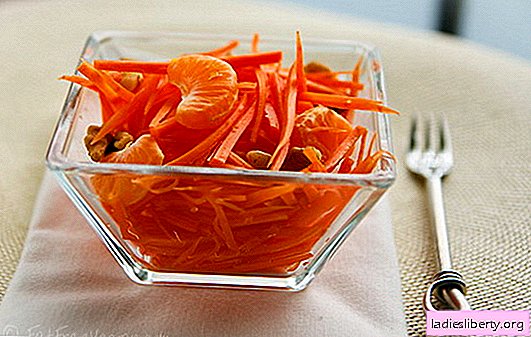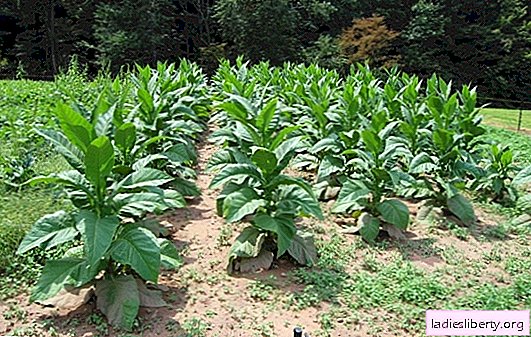
Anemone - General Description
Vetrenitsa, or Anemone (lat. Anemone) - a plant of the ranunculaceae family, belongs to the genus of perennial plants. Has a fleshy cylindrical or tuberoid rhizome. Sometimes there are no root leaves; on the petioles are palmately dissected or separate leaves. Flowers can be in semi-umbrella multifloral inflorescences, have 5-20 different perianth leaves of various shapes and different colors. The nut-shaped fruits have a different shape in the naked or pubescent form, adapted for distribution by wind or animals. Reproduction occurs by root, stem or cuttings.
Anemone - types and places of growth
The plant is found in the Northern Hemisphere and in Africa. About 50 species of anemones grow on the territory of Russia, some of them penetrate all the way to the Arctic (Northern Norway, Alaska, Canada, the Arctic islands). Anemone prefers forests, mainly deciduous, shrubs, fringes, parks and shady lawns, moist mountain valleys, subalpine meadows, tundra and taiga, it can be found on rocky cliffs and dry hills, grassy slopes, in oak-linden forests.
Anemone - healing properties
In official medicine, this plant is supplanted by stronger medicines, therefore it is not used. However, forest anemone has a number of medicinal properties - antiseptic, anti-inflammatory, diaphoretic, analgesic and diuretic, therefore it is used in folk medicine. It can be used to treat headaches and toothaches, migraines, neuralgia, vision and hearing. A positive effect is also possible with gastrointestinal disorders, menstrual irregularities, impotence, paralysis.
Anemone - dosage forms
For medicinal purposes use the aerial part of plants. During flowering, grass is collected and dried in a shaded place in the fresh air or in a ventilated area. It is necessary to lay out the grass in a thin layer and periodically mix. Infusions and decoctions of the plant are used externally for rheumatism and skin diseases. Buttercup anemone is characterized by the narcotic property of its leaves, which is used in folk medicine to achieve a painkiller effect. In addition, it enhances the activity of the kidneys and lungs, while water is maximally removed from the body. The decoction of the plant is used in the treatment of a number of diseases: gout, rickets, whooping cough, asthma, late menstruation and stomach pain. In China, root shoots of anemone are used to treat chronic rheumatism and joint pain.
Anemone - recipes
Infusion: 2 teaspoons of dry leaves of anemone pour 1 cup of cold boiled water, leave for 24 hours. The raw materials are filtered and squeezed, drunk in several sips.
Decoction of root shoots.
1.5-3 g of the roots are boiled in a glass of water. Used for rheumatic and joint pain.
Infusion for sexual weakness in men:
2 tsp anemone herbs pour 250 ml of cold water, leave for 20 hours, filter.
It is recommended to take 30 gr. 3 times a day with sexual weakness in men. With the same infusion, you can wash the skin with eczema, disinfect purulent wounds that do not heal for a long time.
Anemone - contraindications
Forest anemone is a very poisonous plant, so it should be used with caution. It can have an undesirable effect on the heart, so for people suffering from cardiovascular diseases, medications from this plant are contraindicated. An overdose of the drug is contraindicated for everyone.
Comments











